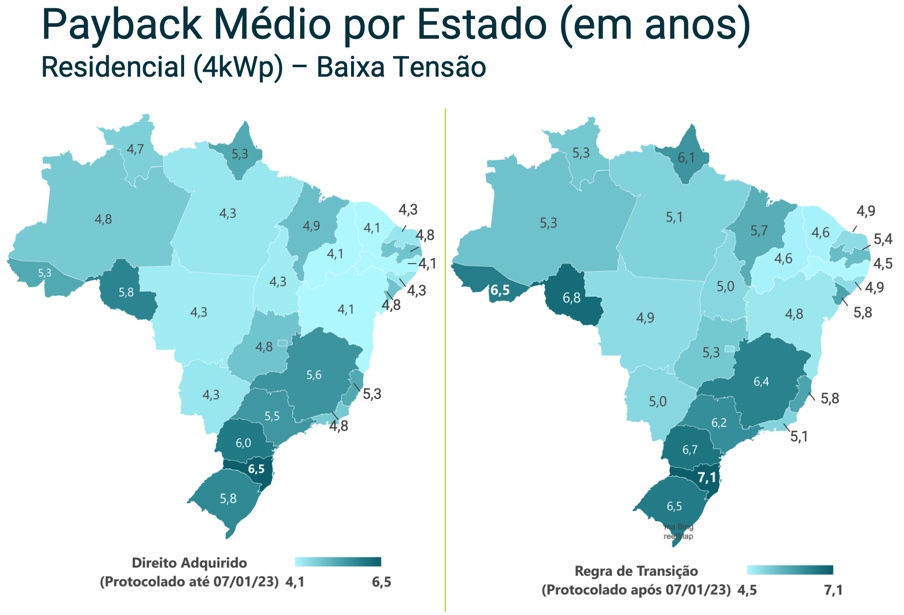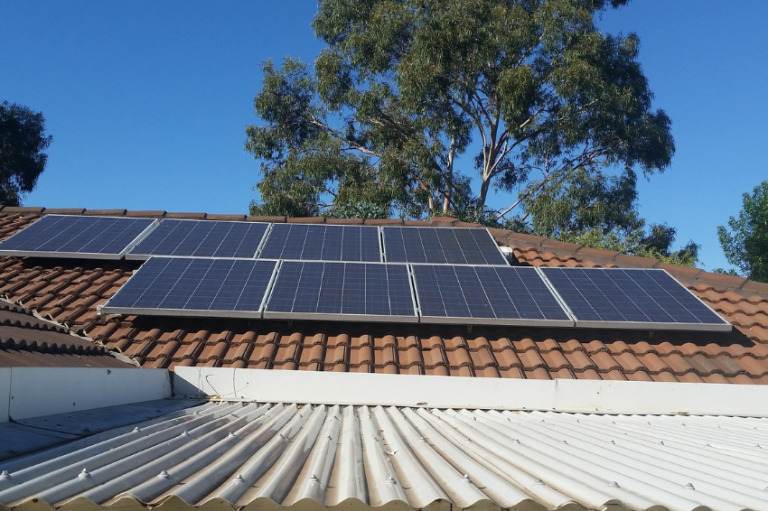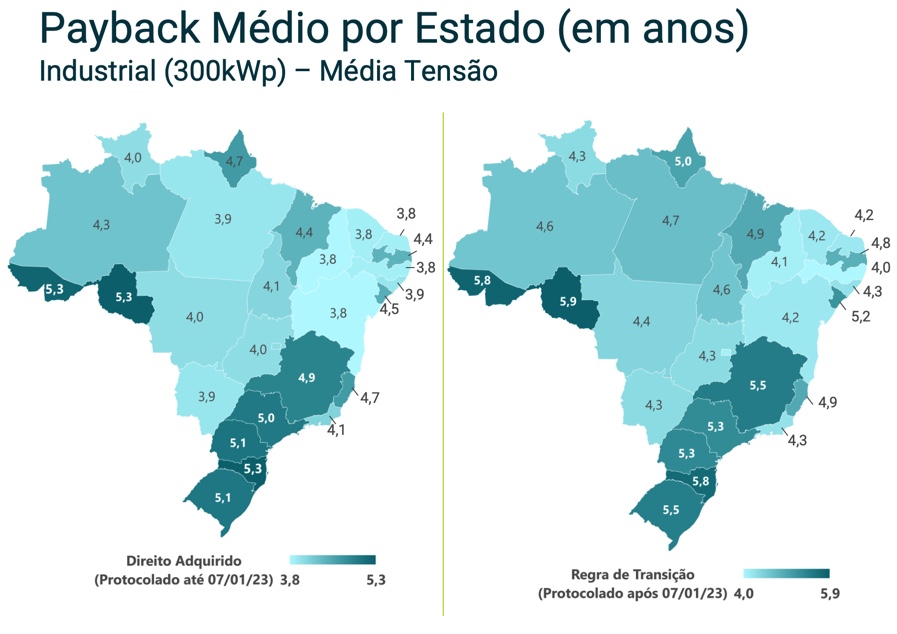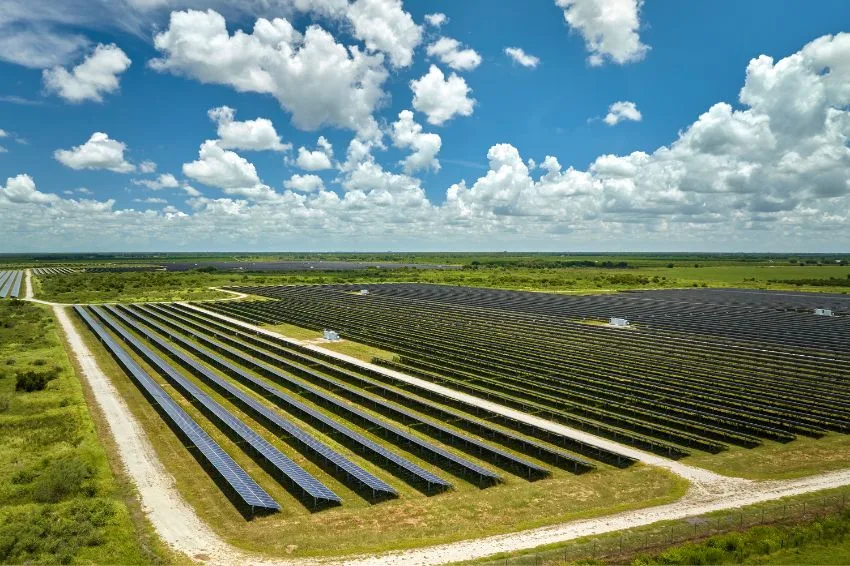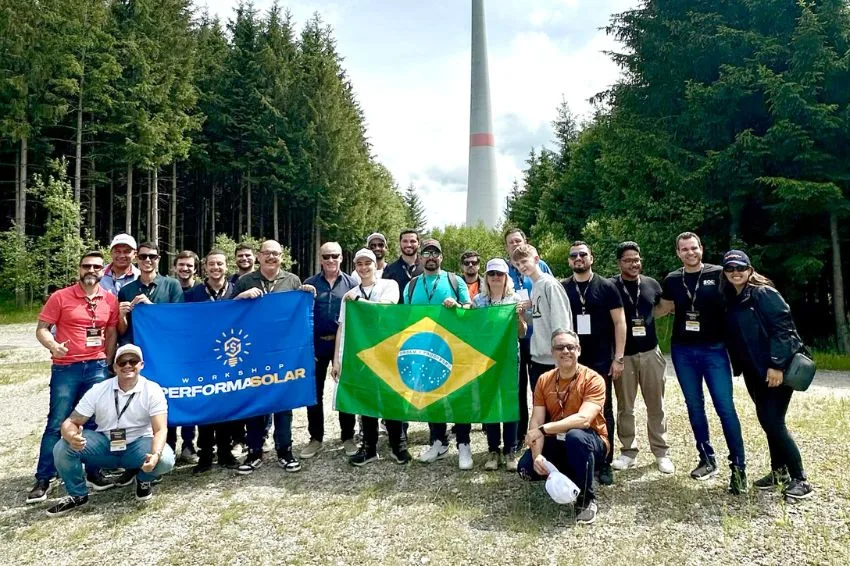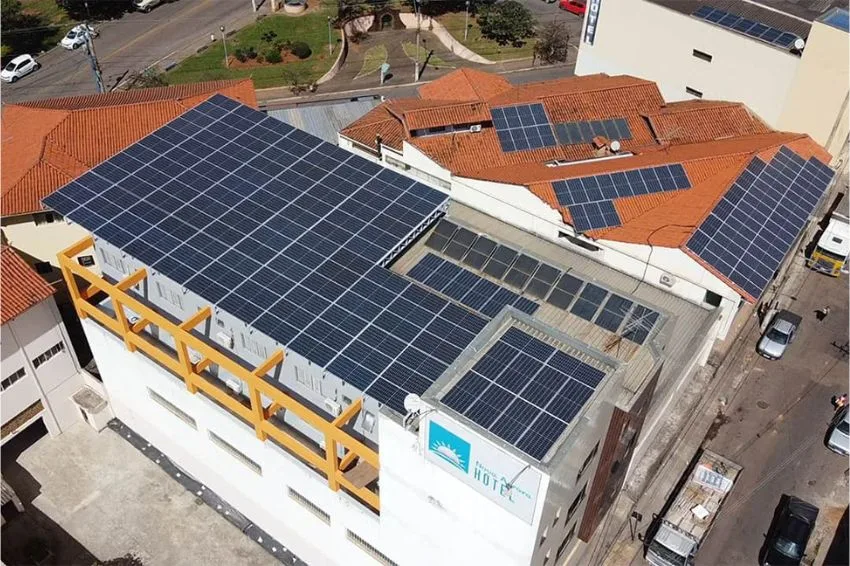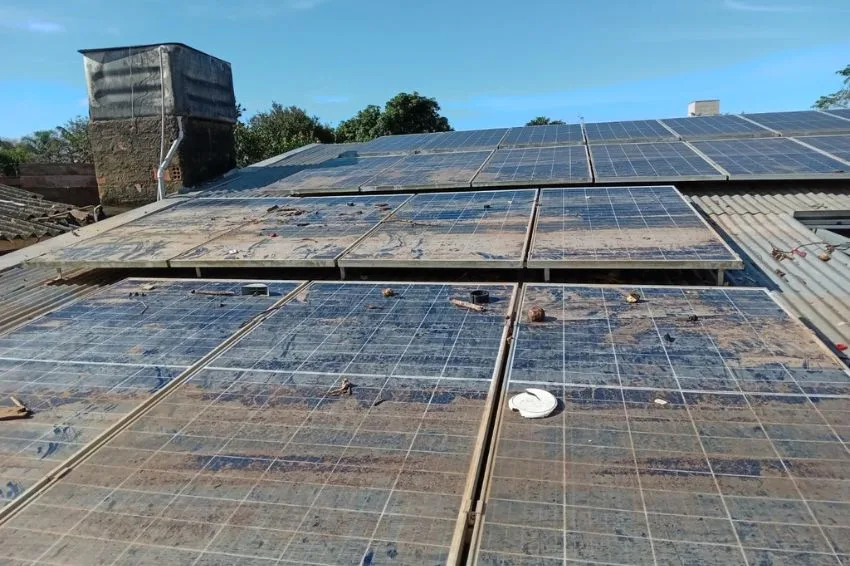On January 7th of this year, new rules for compensating energy injected into the distribution network by distributed micro and minigeneration systems came into force.
Therefore, some components, depending on the type and size of the generation project, will no longer be compensated gradually for consumers. This change is the result of Law 14,300/2022, regulated by ANEEL Normative Resolution No. 1,059/2023.
According to the Strategic Study of Distributed Generation, published by consultancy Greener this week, the Investment in photovoltaic solar energy will remain attractive even after the Law, although the payback in Brazil has increased by 8 months, average.
Investment in solar DG remains profitable even after Law 14,300 comes into force?
In Sao Paulo, state that invested the most in solar energy with 2,437 MW installed, the payback of a 4kWp residential system increased from 5.5 years to 6.2 years.
In Minas Gerais, the second state that invests the most in solar energy, the return on investment went from 5.6 years to 6.4 years.
The calculation takes into account local productivity, the concessionaire tariff (including the cost of availability), a Performance Ratio of 75% and a simultaneity factor of 30%. “Due to the low simultaneity factor, it is seen that the payback increases by 8 months, on average”, says the study.
According to Márcio Takada, CEO of Greener, the remote generation segment will feel a greater impact on payback than generation alongside the load. “It ends up having a greater impact on remote generation projects, since all the energy is injected into the electrical grid. This level of impact will vary from region to region depending on the tariff structure of each concessionaire.”
Check below the payback of each state in Brazil for each consumer class
